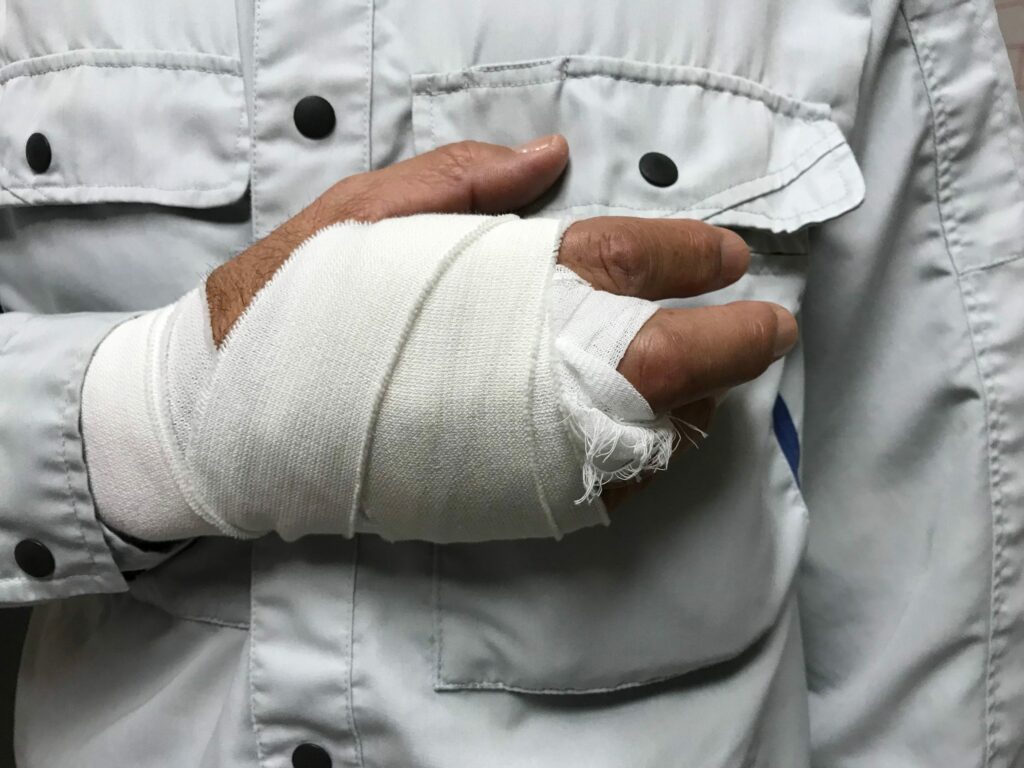Have you ever heard of the terms intervening and superseding causes? When it comes to personal injury cases, it is important to determine the actual cause of an incident. This is because establishing cause is important before liability for an at-fault party can be established. In most personal injury accidents, identifying the cause is relatively straightforward. However, there are cases where cause becomes distributed between several parties. In such a case, a Charlotte car accident lawyer can help you determine the actual and legal cause of a crash that resulted in your losses.
When proving the fault of a negligent party in your personal injury claim, you may have to deal with the concepts of ‘intervening cause’ and ‘superseding cause.’ Here is a look at what these are and how the two are different from each other.
What Is an Intervening Cause?
When a person acts negligently and causes your injuries, this becomes the primary cause. However, if a subsequent cause then occurs which further worsens your injuries or contributes to them, this cause is known as an intervening cause. An intervening cause occurs after a primary cause has caused a personal injury incident.
To make it clearer, consider an example. Suppose you are driving on the road. A speeding driver who loses control of his vehicle sideswipes you and pushes you into the oncoming traffic’s path. The initial collision with the speeding driver causes you a minor whiplash injury. However, as your vehicle is pushed into the wrong-way lane, you collide with another vehicle, resulting in injuries of a serious nature.
In this example, the speeding driver is the primary cause while the second driver is an intervening cause. In many cases, an intervening cause is also considered the fault of the person who initiated the primary cause. This is so when the primary cause party could have foreseen the consequences of their actions.
Considering the example above once again, the speeding driver who sideswiped could foresee that speeding could cause such an eventuality. This is why the liability for the second collision, or the intervening cause, rests with the first driver and not the second driver.
However, there are instances where a person could not have foreseen the consequences of their actions. In such a case, the person will be liable for their actions but not for the subsequent harm caused by their actions. This is because the intervening cause will then be treated as a superseding cause.
What Is a Superseding Cause?
A superseding cause is when a second cause results in serious injuries but the person who was responsible for the first cause could not have foreseen these consequences. Typically, something or someone adds the degree of risk in a superseding cause.
To more clearly illustrate this notion, here is an example. Suppose you are traveling in a cab and reach close to your destination. Instead of letting you off in a safe spot, the taxi driver leaves you in a risky spot at an intersection because the driver is in a hurry. As you get off, a driver who is running a red light hits you and causes serious injuries.
In this example, the taxi driver is the primary cause in the personal injury case. However, the driver can dodge liability by saying that he dropped you off while the light was still red, not expecting that a vehicle would hit you. In other words, the driver can claim that he could not foresee the crash which subsequently took place.
At the same time, the liability of the driver running a red light would be deemed greater. So the superseding cause will very likely relieve the taxi driver of any liability and instead, the driver running the red light will be held liable for damages.
However, there are situations where it can be immensely hard to judge whether a second cause is a superseding cause or an intervening cause. This is where you will need the help of a good lawyer.
Why Hire a Charlotte Car Accident Lawyer?
Personal injury claims can become quite complicated, especially when superseding or intervening causes come into play. This is why it is always a good idea to consult a reliable lawyer when filing a personal injury claim or lawsuit.
Here at Ted Greve & Associates, we help you sort out the complicated issue of cause to identify the party or parties that are really liable for your losses. Our lawyers work with you to ensure that you get a fair settlement for your personal injury and related damages. Call us now to schedule a free session and discuss your claim with our lawyers.


